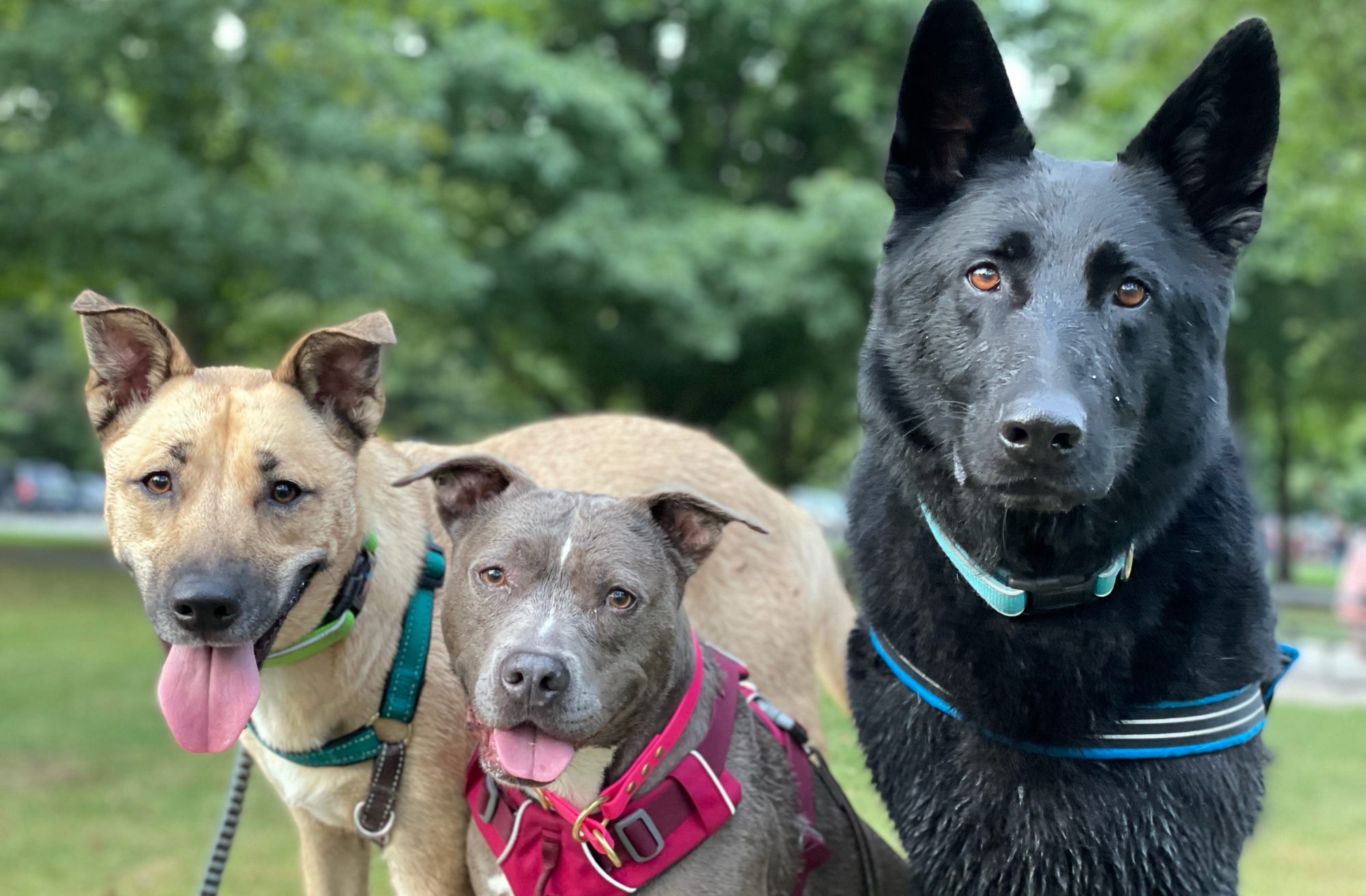Doggie daycares conjure up an illusion of dogs happily flocking with other doggy friends in safe, fun environments. For some facilities this is an accurate description, however, unfortunately for many dogs, dog daycare is a stressful experience.
It is true that dogs are by nature social animals, but their social construct depends on differing variables. Not all dogs like other dogs, and many dogs are tolerant or selective about who they are placed with.
In our society, dogs are looked at as furry members. With that comes a responsibility to do our utmost to provide and care for our dogs as deeply as possible. For those that work full days and need to leave their furry family members at home for hours on end, taking their beloveds to a daycare facility seems like the perfect solution. Fido gets to play and be with his buddies all day, and when he’s picked up by his people at the end of the day, he’s tired so his people don’t feel badly about not having the time to walk or play with him.
Is the tired you’re seeing from your dog the tired you want though?
What can you can you do to ensure your dog is having a good experience and getting the best dog care possible? Here are some tips to help you:
- Ask questions and visit the dog daycare facility before bringing your dog there.
- What is the ratio of staff to dogs? For safety reasons, on average there should be no more than 10-15 dogs per handler in the play yards. For slower, mellow dogs, the number of dogs could increase. For active and rowdy dogs, that number should decrease to no more than 6-8 dogs per handler, and there should be more than one handler on-hand for those rowdy dogs.
- Are to dogs actually allowed to express play behavior? Many daycare facilities with large numbers of dogs attending each day do not allow dog to actually play or run with each other for fear of fights starting.
- What is the experience level of the managers and staff caring for your dogs? What training have they undergone to understand dog body language and how to prevent and resolve dog conflicts? Be wary of facilities that started up because they “love” dogs, but actually don’t have any formal experience.
- What are the protocols for when dogs get into fights?
- What is the daily schedule for the dogs? Are they in play yards the entire time?
- What disciplinary actions does the staff take in the yards with the dogs?
As someone who has run large playgroups in shelter settings and managed a dog daycare and boarding facility, I can advise people that daycares are not a great experience for many dogs. Dogs may go home tired, but not necessarily because they are exhausted from playing and having a good time with friends but because they were stressed out and didn’t sleep all day.
Does your dog get excited to go to daycare? Do they try to escape and stay with you when you drop them off? Just like when trying out new dog collars, you have to see how your dog reacts and try to get a read on if there something they could be trying to tell you. If they are not excited and don’t want to enter the facility or go with the staff, that is red flag that your dog is not enjoying their time at the facility.
Ideal facilities will offer supervised play sessions with appropriately matched play partners. They will be given rest periods and enrichment throughout the day. Your dog should not become worse behaved at daycare facilities.

